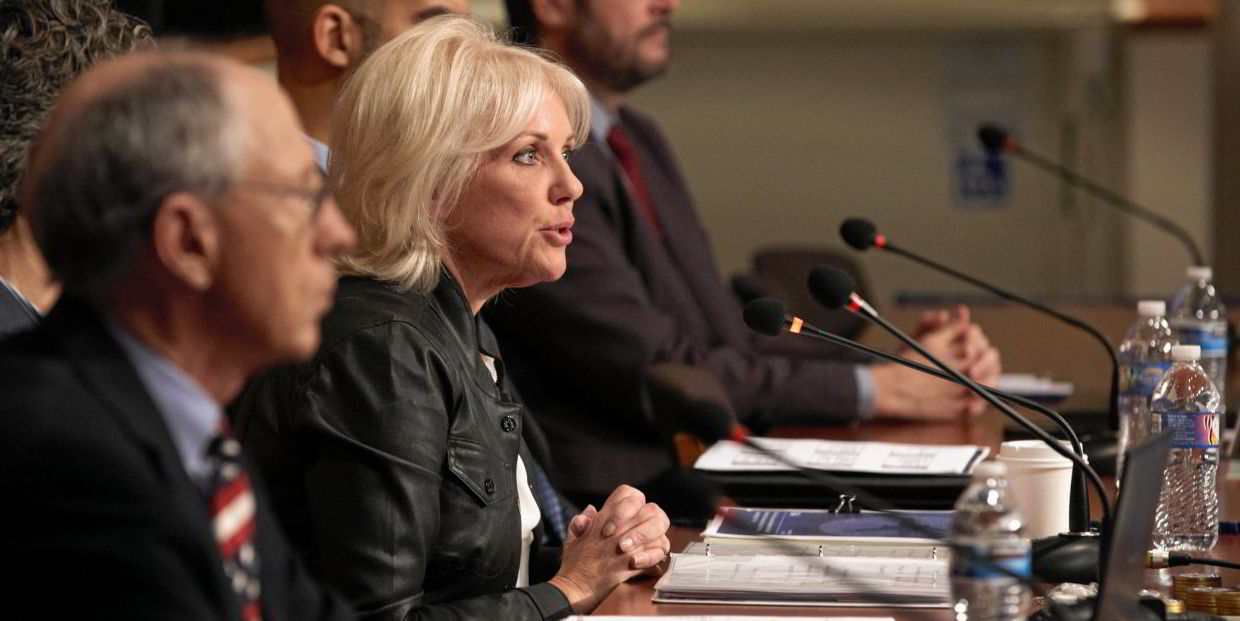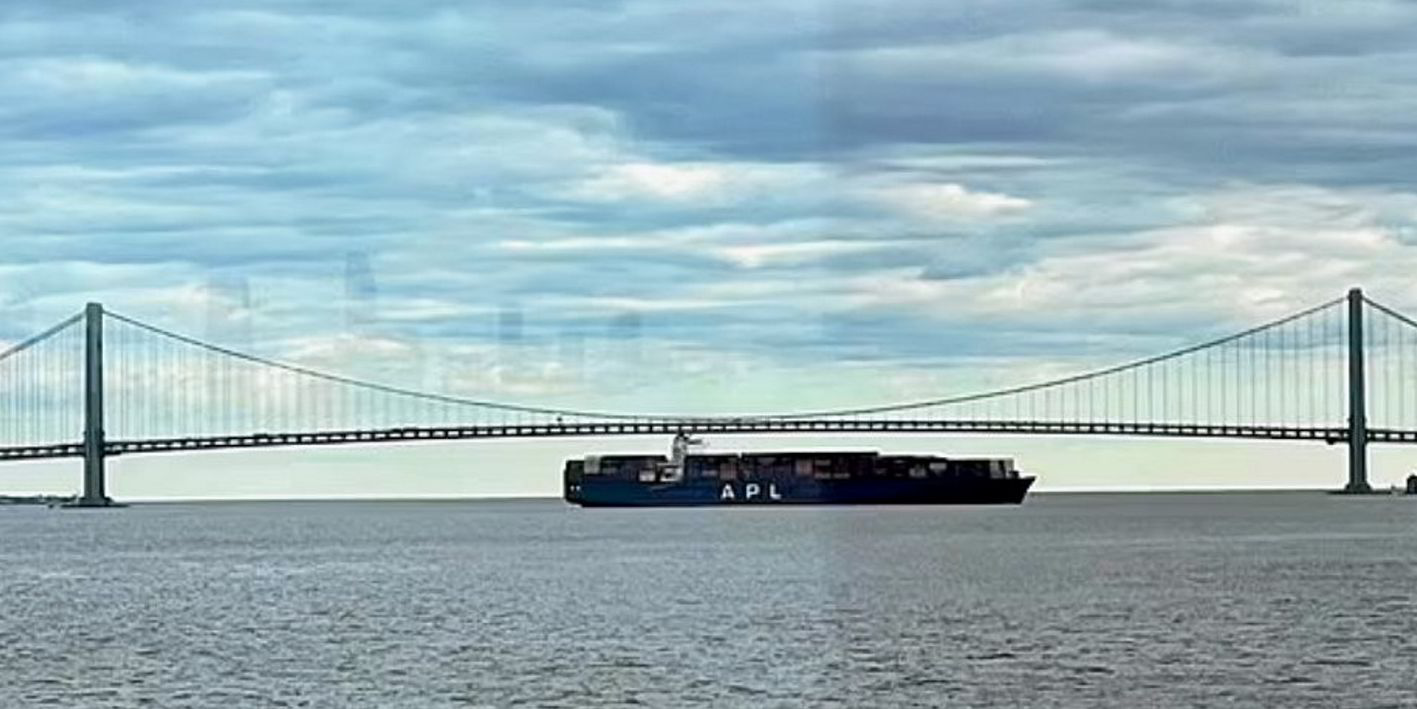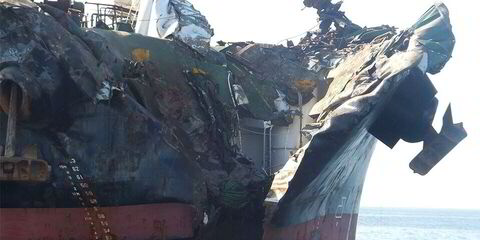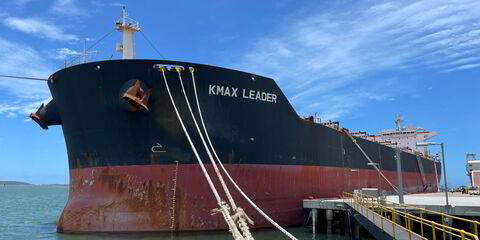The electrical equipment on the container ship that ran into a bridge in Baltimore has become the focus of the investigation, an official says.
Jennifer Homendy, chair of the National Transportation Safety Board (NTSB), told senators that her agency’s investigation is also probing the bridge’s protection against such an accident.
Her testimony before a Senate committee offered the first official hint of what investigators believe may have caused the 9,962-teu Dali (built 2015) to hit and destroy the Francis Scott Key Bridge, killing six construction workers on the span and injuring two others.
Asked by Senator Ted Cruz of Florida whether the board believed the flickering of lights seen on the Dali before the allision had anything to do with the casualty, Homendy said she believed they were related and that the agency was examining at electrical power systems and circuit breakers in the engine room.
“That is where our focus is right now in this investigation,” she told the Senate Committee on Commerce, Science & Transportation, which is considering her nomination to a second term.
“Of course, that’s preliminary. It could take different roads, different paths, as we continue this investigation. It’s very early.”
Homendy said the manufacturer of the engine room electrical power system, which she described only as Hyundai, was helping to look closely at the systems. The Dali was built by Hyundai Heavy Industries in South Korea.
She said NTSB investigators have interviewed pilots as well as officers, engineers and other crew members on the Dali.
Owner Grace Ocean and technical manager Synergy Marine, which are both Singapore-headquartered companies, are cooperating in the investigation.
The NTSB has removed the voyage data recorder to download the previous 30 days of data.
Homendy said the agency’s highway safety team is also investigating pier protection by looking at the bridge’s original design and how it would be built to today’s standards.
She said the NTSB has made safety recommendations to the US Coast Guard on bridge strikes by vessels dating back to 1967.
In one recommendation to examine pier protection in the 1980s, the Coast Guard responded that it did not have the authority to look at it, she said.
“There is still action that needs to occur to look frankly at how shipping has changed over the years, how transportation has changed in our waterways, the types of vessels we are seeing, the types of container ships we are seeing, the volume of traffic and looking at bridge designs,” she said.
“If I were a state and the Department of Transportation, that’s what I would be looking at now: Are these bridges protected for the type of traffic that is going through now?”
A preliminary investigation report is due in early May.
On Sunday, salvage crews began removing containers from the Dali, which was on charter to AP Moller-Maersk. They are also working to remove bridge wreckage in an effort to open the shipping channel to deep-draught traffic.(Copyright)





